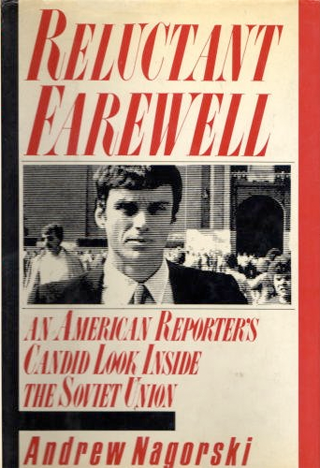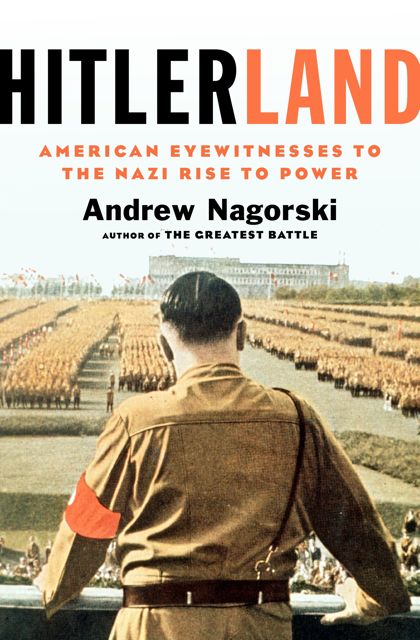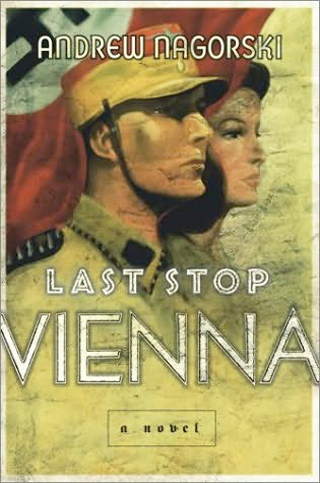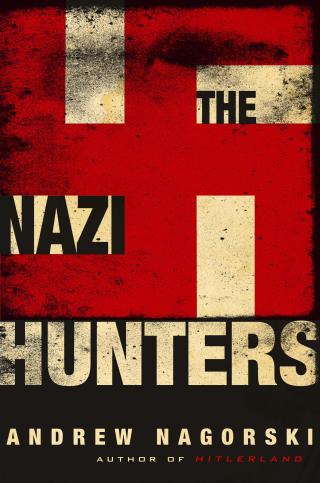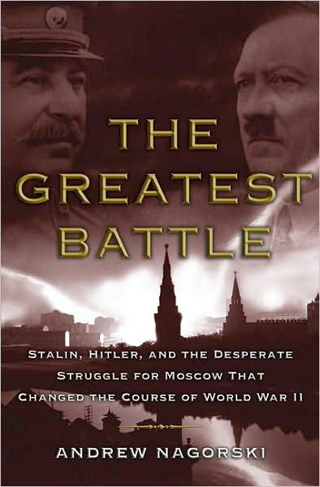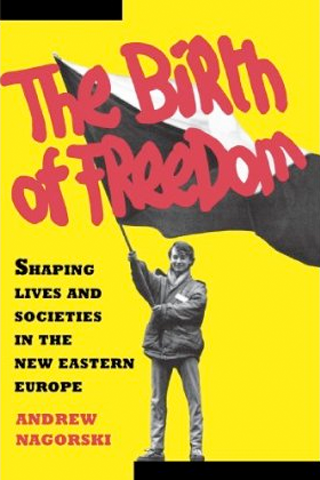Peter Gruner talks to Andrew Nagorksi about his book that records Sigmund Freud’s escape from Vienna to leafy Hampstead
CELEBRATED father of psycho-analysis Sigmund Freud escaped the Nazis in Austria more than 80 years ago and found a fond welcome, peace and safety in tree-lined Hampstead.
Author Andrew Nagorski, in his fine book, Saving Freud, outlines the great man’s desperate train journey to outwit the Gestapo. Freud was a non-religious Jew when anti-Semitism was on the rise in his home city, Vienna.
Today, at a time of increasing awareness of mental illness, there is more interest in Freud’s work – whether you agree or disagree with him – than ever before.
Nagorski’s book is currently being considered for a dramatic film but who could play Freud? It was the question I put to American-based Nagorski, a former Newsweek magazine journalist. He thought former Brideshead Revisited star Jeremy Irons could play the part.
In an interview with Review, Nagorski said. “And if they decided to cast a young Freud, perhaps Adrien Brody (who starred in Polanski’s The Pianist) might be good.
“You’d want someone who could convey both Freud’s somewhat stern public persona and much warmer private side, with his flashes of dry, sometimes biting wit.”
Freud revolutionised psychiatry. Prior to him many people believed that some behaviour was inexplicable. He developed the so-called “talking cure” and the idea of the unconscious being the hidden motivation behind what we do.
But as a Jew Freud and his family soon became targets for Hitler’s Brownshirts in the years before the Second World War.
Aged 80 in 1936, Freud didn’t want to leave his beloved city. He was famous locally as the “revolutionary thinker” and loved the walks and the cafés. Besides, his home was also his office, and where he and his wife Martha had cared for their six children. He also had many devoted family and friends in the city.
But life was growing increasingly ugly in 1938, a year before the Second World War was declared and Austria had allied with Germany: Nagorski writes: “Jews were beaten and killed, their stores looted, and dozens committed suicide.
“According to German playwright Carl Zuckmayer, who was in Vienna at the time, ‘The city was transformed into a nightmare painting by Hieronymus Bosch.’”
Freud’s opinion was that it was impossible to root the “elemental, barbaric destructive drive out of the human psyche”.
He described himself as too weak to travel, and given the strong opposition to accepting immigrants almost everywhere in Europe, thought no one would take him.
On top of all the anxiety, locally based Austrian Nazis were turning up at his home, threatening him and wife Martha and demanding cash.
Finally Freud’s friends and supporters managed to convince British officials to provide a safe haven for the couple and their younger children.
But there were no guarantees that the Freuds would ever get out of Austria, let alone reach British shores. And before the family were finally allowed to depart they were forced to sign a statement by the Austrian authorities that the Nazis and the Gestapo had treated them well.
“As the train rolled through Germany, via Munich and Dachau, the air of tension in both compartments was palpable. Those were the worst hours of the trip,” writes Nagorski.
Arrival in London was a huge relief. After spending a short period in a rented flat at Elsworthy Road, off Primrose Hill, Freud and his family moved to nearby Maresfield Gardens, a spacious red brick-built house that is now the famous Freud Museum.
Now safe, Freud wrote: “The fact is, things are going very well for us, too well I would say if it weren’t for an injured heart and an irritated bladder reminding one of the impermanence of human happiness.”
He described Britain: “A blessed, a happy country inhabited by well-meaning, hospitable people.”
He met local literary couple Virginia and Leonard Woolf, part of the circle of writers and artists known as the Bloomsbury Group. Leonard wrote: “Nearly all famous men are disappointing or bores, or both. Freud was neither; he had an aura, not of fame, but of greatness.”
Freud was not a well man. He suffered from cancer of the jaw caused by almost an addiction to smoking cigars. But he kept on treating patients, who would lie on his famous couch, brought over from Vienna, which can still be seen at the museum. He could see up to four patients a day when he felt well enough to do so. He had one ambition: he wanted to become a British citizen.
He told novelist H G Wells in 1939, that he wished to settle in this country and become an Englishman.
Wells lobbied for an Act of Parliament that would have granted Freud’s wish, but the parliamentarians were unwilling to waive the five-year residency requirement. But both Wells and Freud knew that he had no chance of living long enough to qualify.
Like other émigrés, Freud was particularly worried about four elderly sisters left behind in Austria. He didn’t live long enough to find out what happened to them.
In the summer of 1942, all four were deported from Vienna to Theresienstadt, in German occupied Czechoslovakia, which masqueraded as a showcase ghetto but primarily served as transit for inmates heading for the death camps.
Three of the sisters – Rosa, Marie, and Pauline – were dispatched to the Treblinka II death camp where they perished in the gas chambers. Adolfine, or Dolfi as she was known, remained in Theresienstadt for a few more days but died there on September 29.
Freud’s life was “brightened and made easier, no matter what his physical ailments and broader political worries, by his daughter Anna’s constant devotion to his needs.”
He died on September 23 1939 about a year after arriving in Britain, but his work was continued by Anna.
In 1941, she and her close friend Dorothy Burlingham, who both became psychoanalysts, opened the Hampstead War Nurseries to care for and observe children who were left homeless as a result of the war.
After the war, she and Dorothy launched the Hampstead Child Therapy Course and Clinic, which was renamed the Anna Freud National Centre for Children and Families in Islington after her death.
Anna died in 1982 at the age of 86, and her ashes were laid to rest in what is known as the Freud Corner in Golders Green Crematorium, next to the Greek vase that contains the ashes of her dad.
• Saving Freud: A Life in Vienna and an Escape to Freedom in London. By Andrew Nagorski, Simon & Schuster, £10
• Freud Museum is at 20 Maresfield Gardens, Hampstead, NW3 5ST. info@freud.org.uk
Saving Freud: The Rescuers Who Brought Him to Freedom
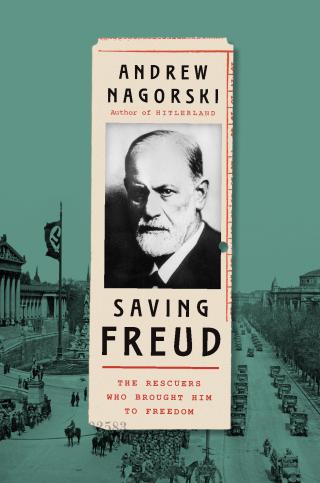
A dramatic true story about Sigmund Freud’s last-minute escape to London following the German annexation of Austria and the group of friends who made it possible.
Now in Paperback in the US and the UK

